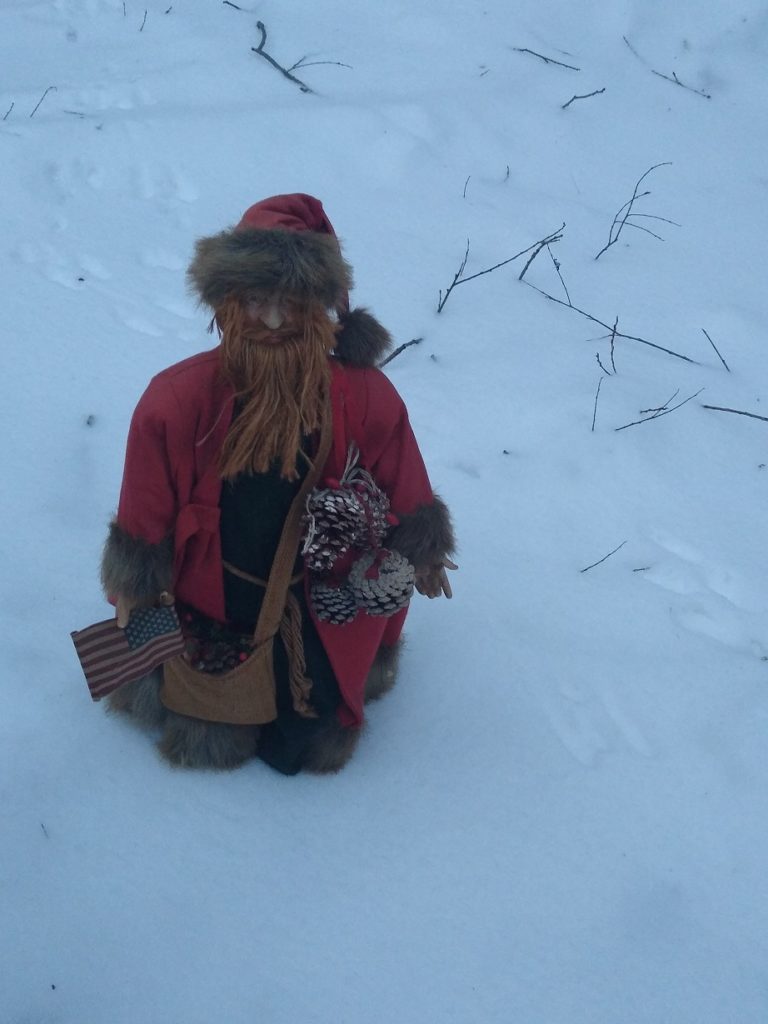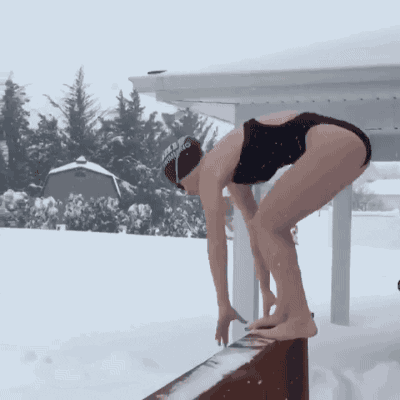The annual Ursid meteor shower, which runs from Dec. 17-26 each year. Ursid meteors radiate most near the star Kochab in the Little Dipper, according to EarthSky.org. The star Polaris — or the North Star — is also part of the Little Dipper. If you can’t find the Little Dipper, use the Big Dipper. No matter what time of year you look, the two outer stars in the Big Dipper’s bowl always point to Polaris, marking the end of the Little Dipper’s handle.
The solstice isn’t something you see but rather something that occurs — though you may want to mark the 2021 solstice by taking a picture of your shadow at noon. Because the sun is at its lowest arc across the horizon, it casts long shadows. Shadows at noontime on the day of the winter solstice will be the longest of the year.
The winter solstice occurs at the exact moment the North Pole tilts the farthest away from the sun. On Sunday, the days begin growing a wee bit longer every day until the summer solstice, after which the days start getting shorter again.
The winter solstice, the oldest-known winter celebration, is derived from the Latin word “solstitium,” which means “sun standing still.” In ancient times, it was both spiritually and scientifically essential and marked the changing of the seasons.
A long time ago, my lil sis took to pottery, used to make all kinds of things
some mink fur, much burlap, fired clay and pine cones she gave this to me
saying you remind of “Old Man winter” bit I ain’t old I told her
” you will be”

Speaking of outside
when it’s 9 degrees outside, all you need is fur & fire
you be fine
ever see a snowbunny frolicking in the snow?

